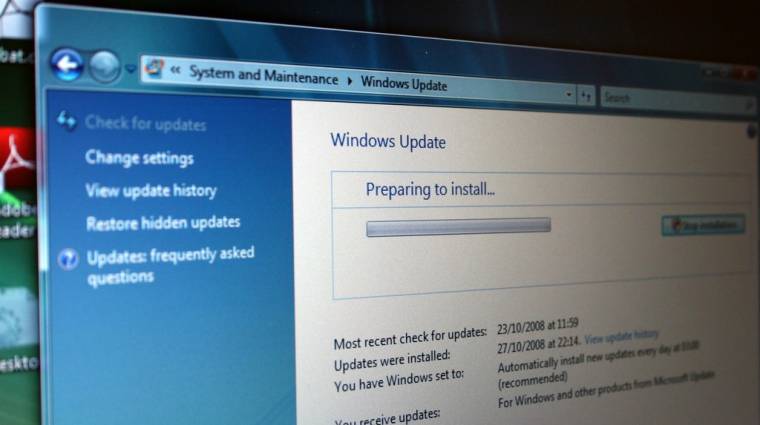

In other words it never had SP1 applied, but have had all updates installed individually since Windows 7 came out. I counted 583 windows updates on a PC that had the original Windows 7 installed. I am not sure whether to install the latest monthly rollup first or the "hidden SP2" (kb3125574 - described in the comments below). I am unable to test this properly as of now, but wanted to add it as a hint. I would try to install in ascending order by KDB number. The list of updates that remains in Add/Remove would seem to be the list of updates that are actually required. Havent' tied reinstalling SSMS 2016 yet, but that maybe one way.Īlso appears SQLPS is deprecated and the new module does not appear to contain EraseSystemHealthPhantomRecords.TIP, use at your own risk: If you want a list of non-deprecated updates, one option you can try is to get a machine completely up to date by running Windows Updates the normal way, and then run cleanmgr.exe and click Clean up system files and then select Windows Update-cleanup (maybe throw in the log files as well) and then press OK.Īn eternity will pass and all non-required updates appear to be removed. Checked the Powershell env and SQLPS no longer exists.Īny idea what needs to be installed to get it back. It appears that SQLAgent use's the powershell objects that were installed by SSMS, having upgraded to 2016 SP2 and SSMS to 2017 this job no longer runs. Check the spelling of the name, or if a path was included, verify that the path is correct and try again. The error information returned by PowerShell is: 'The term 'SQLSERVER:' is not recognized as the name of a cmdlet, function, script file, or operable Correct the script and reschedule the job. ' A job step received an error at lineġ in a PowerShell script. The error information returned by PowerShell is: 'The specified module 'SQLPS' was not loaded because no valid module file was found in any module directory. These errors did not stop the script: A job step received an error at line 1 in a PowerShell script. E xecuted as user: nnn The job script encountered the following errors.


 0 kommentar(er)
0 kommentar(er)
